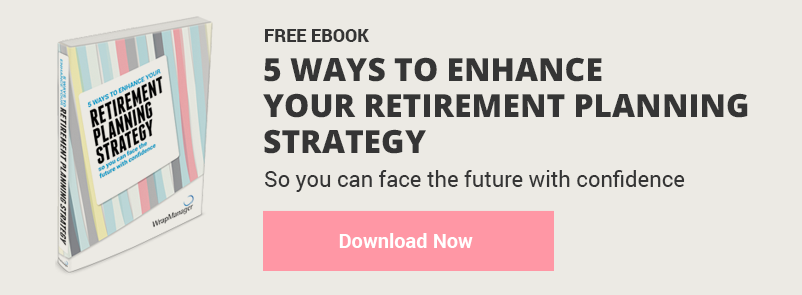 When you encounter articles focused on retirement planning, the subject matter is generally about how to invest—what strategies are good for growth vs. income, what products are useful for different investment and tax objectives, and so on. Often left out are insights about how to spend, which is an equally—if not more—important aspect of planning. An investment plan that does not adequately account for how cash flow needs and expenses change over time could put an investor at risk of running out of money too early.
When you encounter articles focused on retirement planning, the subject matter is generally about how to invest—what strategies are good for growth vs. income, what products are useful for different investment and tax objectives, and so on. Often left out are insights about how to spend, which is an equally—if not more—important aspect of planning. An investment plan that does not adequately account for how cash flow needs and expenses change over time could put an investor at risk of running out of money too early.
There are many unknowns when it comes to spending in retirement, which can make planning tricky. The key is to talk with your financial advisor regularly to consistently update him or her on changes to your financial situation, goals, desires, and needs. Below we outline four factors that sometimes get left out of discussions about spending, so be sure to discuss these with your financial advisor next time you meet.
1. Extending your Life Expectancy – for many investors, the thought of living past the age of 90 is difficult to fathom. But the reality is that it is quite common! And it’s becoming even more common with medical advances and healthier lifestyles. Statistics show that women live longer than men, and that the average life expectancy was 85.2 for women and 82.6 for men as of 2010. This could mean spending 30+ years in retirement! Income planning should arguably be for at least that long.2. Health Care Costs Continue Rising – According to a 2013 Consumer Expenditure Survey of the Bureau of Labor Statistics, average U.S. household spending peaks at age 45. After that, we tend to spend less in most categories except for two—health care and charitable contributions and gifts.1 Indeed, from 1984 to 2002 health care spending grew an average of 5%, which marked a faster rate of increase than all spending categories except for higher education. Given this historically high rate of health care spending growth and marked inflation, JP Morgan believes it is prudent to assume that a 65 year-old with median prescription drug expenses will spend $4,400 a year on healthcare expenses with those costs rising 7% a year. For those with very high prescription expenses, plans may include a cost of $6,900 at age 65, with a 5.4% inflation rate.2
What’s more is that the burden of health care expenses may increasingly fall on the retiree over time—JP Morgan predicts that if no action is taken, the Medicare Trust Fund, which is used for Part A inpatient hospital benefits, is expected to be depleted by 2030.
3. Inflation – research suggests that older people tend to experience higher levels of inflation in the areas where they spend the most money. Health care is a big part of this inflation rate overall, but other factors are at play as well. It could make sense for retirees to factor-in a higher rate of inflation during retirement years than the average Consumer Price Index for U.S. goods and services.
4. Balancing your Withdrawal Rate with Asset Allocation – for many investors, in order to reach your retirement spending goals it means you need some growth in your investment portfolio during your retirement years. There are two factors to consider: your withdrawal rate and your overall exposure to equities. As you can see below, lower withdrawal rates generally help a portfolio last longer, and those portfolios with a bit more equity exposure tend to deplete at a slower rate over time.
Conclusion
Retirement planning might be broken down into three phases: accumulation, growth, and distribution. All three aspects of an investment plan are equally important, so an investor should remember that retirement planning doesn’t end after the savings have been done and the investments have been made. There is still a lot of work to do in mapping out a plan for how to spend your savings over time in such a way that you meet all of your cash flow needs while also being cognizant of how you’ll be spending 10, 20, even 30 years from now.
WrapManager can help you create a plan for all three phases of retirement, and we aim to speak with our clients every three months to make sure the plan remains on track. To get started with us, please call 1-800-541-7774 or send us an email at wealth@wrapmanager.com.
Looking for more ways to enhance your retirement planning strategy? Click to download our free eBook.
Sources:









